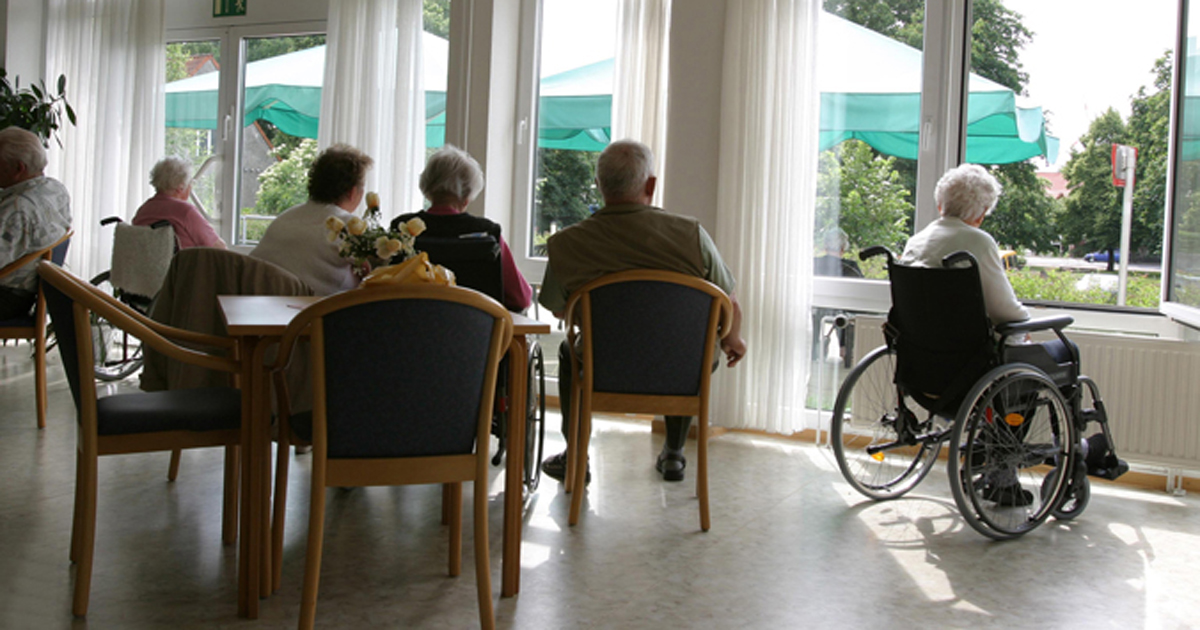Nursing home infection control should target environments outside resident rooms
Click Here to Manage Email Alerts
Results from an observational study showed that residents in nursing homes or long-term care facilities have frequent contact with staff and the environment outside of their rooms, indicating new targets for infection prevention and control measures in these facilities, researchers wrote in Infection Control & Hospital Epidemiology.
According to the study, nursing homes in the United States report approximately 2 million infections each year. The infections increase mortality, antibiotic resistance and health care costs.
“Older adults in nursing homes have multiple risk factors for health care-associated infections including comorbid conditions, indwelling devices, frequent hospital visits, functional impairment, and increased use of medications including antibiotics,” Lisa Pineles, MA, from the Veterans Affairs (VA) Maryland Health Care System, and colleagues wrote.
Pineles and colleagues conducted a 15-month observational study in VA nursing homes to determine the frequency of contact between staff, residents and the environment in common areas. The study included 24 units in eight VA nursing homes across six states between February 2016 and April 2017.

Over 531 hours, 1,726 observations were performed. According to Pineles and colleagues, 36% of the observation hours were spent in the lounge/TV room and 33.4% in the dining hall. Resident-staff contact was highest in physical and occupational therapy, with 16.7 and 15 contacts occurring per hour, respectively. The average resident-staff contact occurred 5.8 times per hour, Pineles and colleagues noted.
Resident-environment contact was common, with an average of 12.2 contacts per hour, and contact occurred most often in the dining hall (18.3 contacts) and physical therapy (17.4 contacts). Staff-environment contact was also highest in physical therapy (26.6 contacts per hour), as well as recreational therapy (25.8 contacts per hour).
According to the study, resident-environment contact occurred least often in the lounge/TV room, with 6.3 contacts per hour. Furthermore, the researchers reported less than one contact per hour between residents.
Environmental areas, like the lounge/TV area or dining hall, are not typically included in infection control policies in nursing homes, according to Pineles and colleagues.
“In outbreak settings, environmental cleaning could be enhanced in areas with the most environmental contact,” they wrote. “Guidance for infection control in long-term care must consider the need to balance the home-like environment for patients along with the reality that substantial contact occurs outside a resident’s room.” – by Marley Ghizzone
Disclosures: The authors report no relevant financial disclosures.
